Across the vast tapestry of human spiritual expression, birds have consistently emerged as powerful symbols, messengers, and embodiments of divine forces. In indigenous cultures worldwide, these winged beings occupy a uniquely sacred position, bridging the terrestrial world with celestial realms. The relationship between birds and indigenous spiritual traditions represents one of humanity’s most enduring and profound connections to the natural world. From the thunderbird of North American nations to the spirit birds of Amazonian shamans, these creatures transcend their biological existence to become vessels of wisdom, transformation, and cosmic understanding. This exploration reveals how feathered beings have shaped indigenous worldviews, rituals, and cosmologies, offering insights into spiritual traditions that recognize the sacred in the beating of wings and the freedom of flight.
The Cosmic Messengers: Birds as Divine Communicators

In countless indigenous traditions, birds serve as the primary messengers between humans and the spirit world. Their ability to traverse the sky—a realm unreachable to earth-bound humans—naturally positions them as intermediaries between terrestrial existence and celestial domains. Among the Lakota people, the arrival of certain birds at specific times carries messages from ancestors or warnings about future events. The Ojibwe tradition speaks of birds as “winged ones” who carry prayers directly to the Creator, their feathers representing the physical manifestation of this sacred communication channel. This messenger role extends to divination practices, where bird behavior—their flight patterns, calls, or unexpected appearances—provides guidance for community decisions, healing ceremonies, and spiritual undertakings. The interpretation of these avian communications requires deep cultural knowledge, often preserved through generations of spiritual practitioners who understand the subtle language of feathers and flight.
Thunderbird: Sacred Power in Native American Traditions
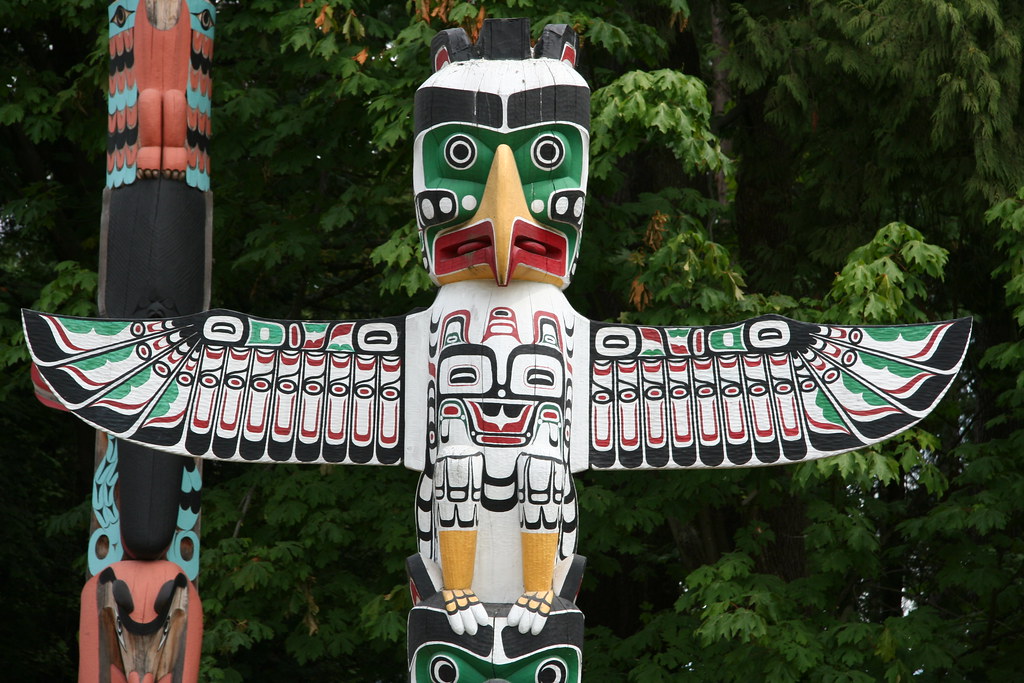
The thunderbird stands as one of North America’s most powerful indigenous spiritual symbols, representing supernatural strength and cosmic authority across numerous tribal traditions. Depicted with enormous wings that create thunder when flapped and eyes that flash lightning, this magnificent being embodies the raw elemental forces that shape the natural world. For the Pacific Northwest nations, including the Haida, Tlingit, and Kwakwaka’wakw peoples, the thunderbird occupies the highest tier of their spiritual pantheon—a celestial ruler capable of transforming between human and avian forms. Origin stories describe how thunderbirds battle great sea serpents to maintain cosmic balance, their struggles manifesting as dramatic storms across the land. In healing traditions, thunderbird medicine represents transformation and the ability to harness powerful energies for community protection. The thunderbird’s presence in totems, ceremonial masks, and ritual objects demonstrates its enduring significance as a guardian spirit whose influence spans from the practical aspects of weather prediction to the deepest metaphysical understandings of creation itself.
Feathered Serpents: Mesoamerican Bird Deities
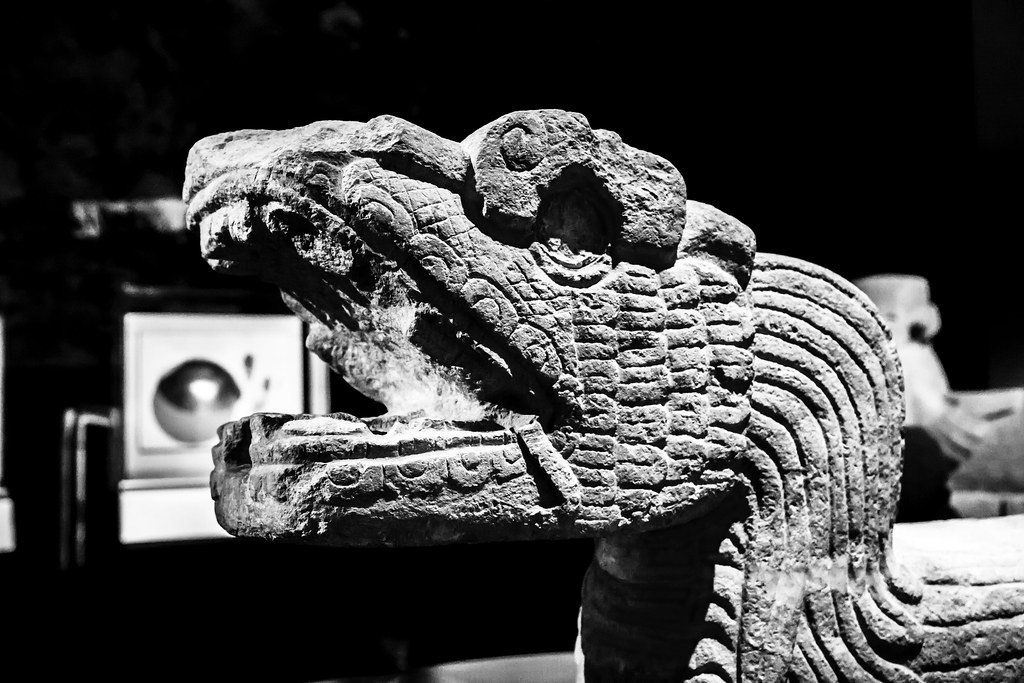
The fusion of avian and serpentine attributes created some of Mesoamerica’s most significant deities, including the renowned Quetzalcoatl of Aztec tradition and Kukulkan of Maya cosmology. These feathered serpent gods embodied the harmonious integration of earth and sky, representing wisdom, creation, and cosmic order. Quetzalcoatl, whose name combines “quetzal” (a sacred bird with brilliant emerald feathers) and “coatl” (serpent), governed the winds, learning, and cultural advancement, serving as patron of priests and knowledge-keepers. In ancient ceremonial centers like Teotihuacan and Chichen Itza, architectural alignments create the visual illusion of a serpent descending from the sky during equinox events, physically manifesting this powerful spiritual concept. The quetzal bird itself held tremendous ceremonial value, with its iridescent feathers reserved for royal and priestly regalia—killing the bird was forbidden, and feathers were carefully harvested from living specimens. These feathered serpent traditions demonstrate how avian symbolism became integrated into comprehensive cosmological systems that explained creation, regulated societal order, and established sacred calendrical cycles aligned with astronomical observations.
Ravens and Crows: Tricksters and Creators
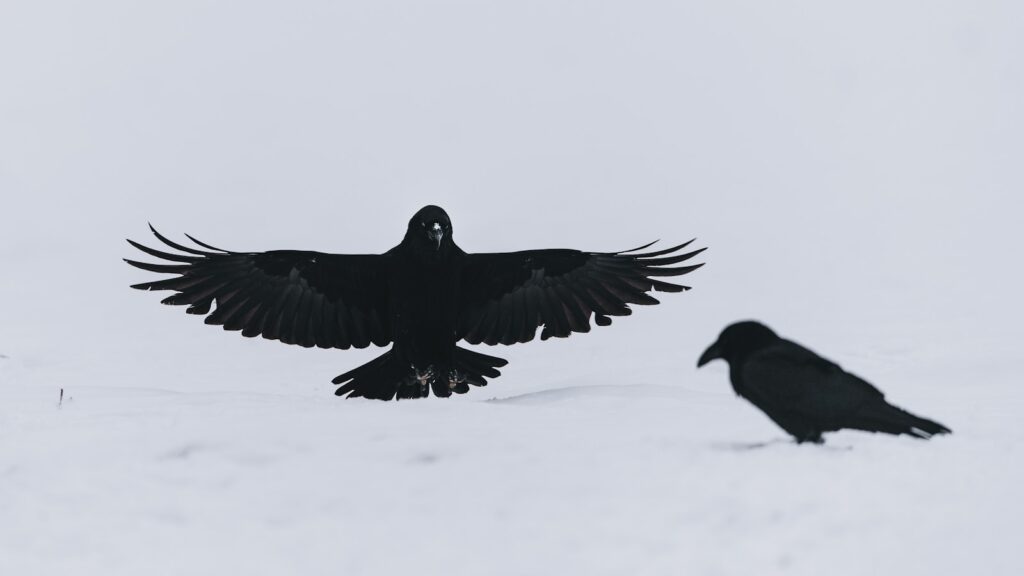
Among indigenous traditions of the Pacific Northwest and Arctic regions, corvids—particularly ravens and crows—occupy a complex spiritual position as both trickster figures and primordial creators. In Haida mythology, Raven stole the sun and brought light to a darkened world, establishing himself as a clever cultural hero who transforms the cosmos through wit rather than strength. Inuit stories similarly position Raven as a shapeshifter who created land masses and populated the world with humans, often through mischievous actions with unintended beneficial consequences. These intelligent birds’ observed behaviors—tool use, problem-solving, and remarkable memory—reinforced their spiritual associations with wisdom and supernatural perception. Their scavenging nature connects them to death and transformation cycles, making them psychopomps (guides for spirits) in some traditions, capable of moving between worlds. The paradoxical nature of corvids in indigenous spirituality—simultaneously creators and disruptors, wise beings and foolish tricksters—reflects a sophisticated understanding that cosmic forces contain multitudes of seemingly contradictory characteristics, much like the complex societies these birds themselves form in nature.
Eagle Medicine: Guardians of the Sky
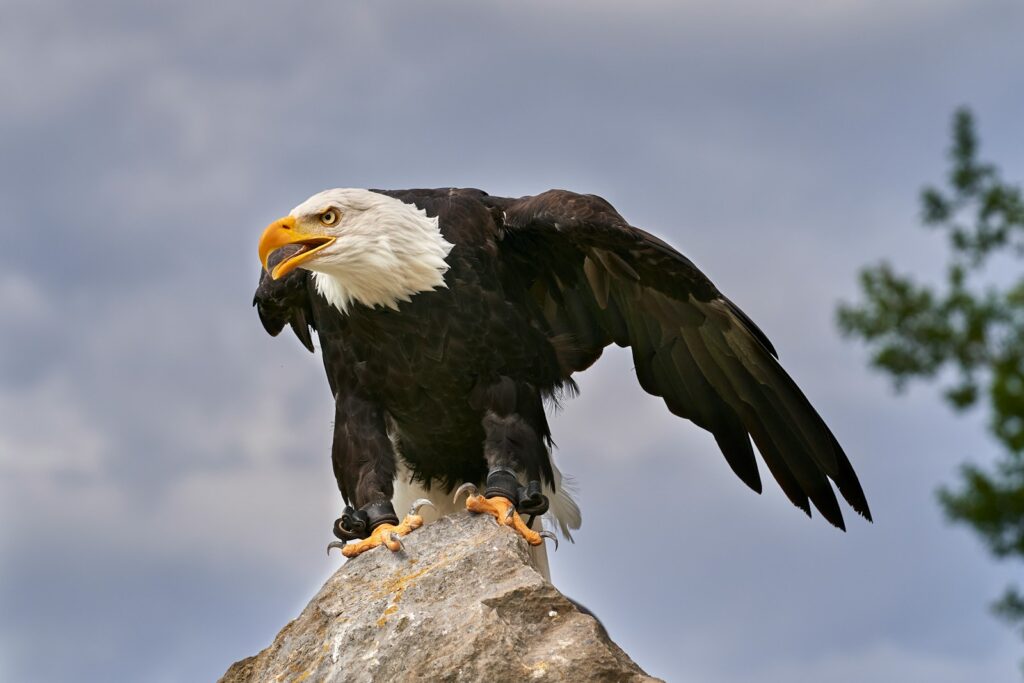
The eagle holds unparalleled spiritual significance across numerous indigenous traditions as the highest-flying bird, able to soar closest to the Creator and celestial powers. In many North American indigenous nations, eagle feathers represent the highest spiritual honor, bestowed only upon those who have demonstrated exceptional courage, wisdom, or service to their communities. The Hopi and Zuni peoples associate eagles with rainfall and fertility, believing their flight patterns communicate weather patterns essential for agricultural success. Among Plains nations, the eagle’s keen vision symbolizes spiritual foresight and clarity of perception, qualities sought by leaders and medicine people. The ceremonial use of eagle feathers creates a direct spiritual connection to divine forces, with strict protocols governing their handling and care—when a feather falls to the ground, many traditions require specific retrieval ceremonies acknowledging the sacred gift. This profound reverence extends to hunting practices; historical eagle capture methods often involved prayer, fasting, and specialized techniques designed to obtain feathers with minimal harm to these revered beings.
Shamanic Transformation: Becoming Bird

Across diverse indigenous traditions, shamanic practices frequently incorporate bird imagery and symbolism as vehicles for spiritual transformation and otherworldly travel. In Siberian traditions among the Tungus, Yakut, and other peoples, shamanic costumes feature elaborate feathered elements that facilitate the practitioner’s metaphysical transformation into bird form for soul journeys. South American shamans, particularly in Amazonian traditions, describe experiences of transforming into harpy eagles or condors to access elevated spiritual perspectives and healing knowledge. These transformational practices often involve specialized ceremonial tools like feathered rattles, whistles that mimic bird calls, and regalia that incorporates authentic avian elements to physically manifest the spiritual connection. The concept of “bird becoming” represents more than symbolic representation—it constitutes a genuine ontological shift where practitioners experience consciousness through avian perception. Through ceremonial songs that replicate bird vocalizations, movement patterns that echo flight, and plant medicines that facilitate visionary experiences, shamanic practitioners create sophisticated methodologies for accessing bird consciousness as a spiritual technology for healing, divination, and community protection.
Owls: Messengers of Mystery and Prophecy
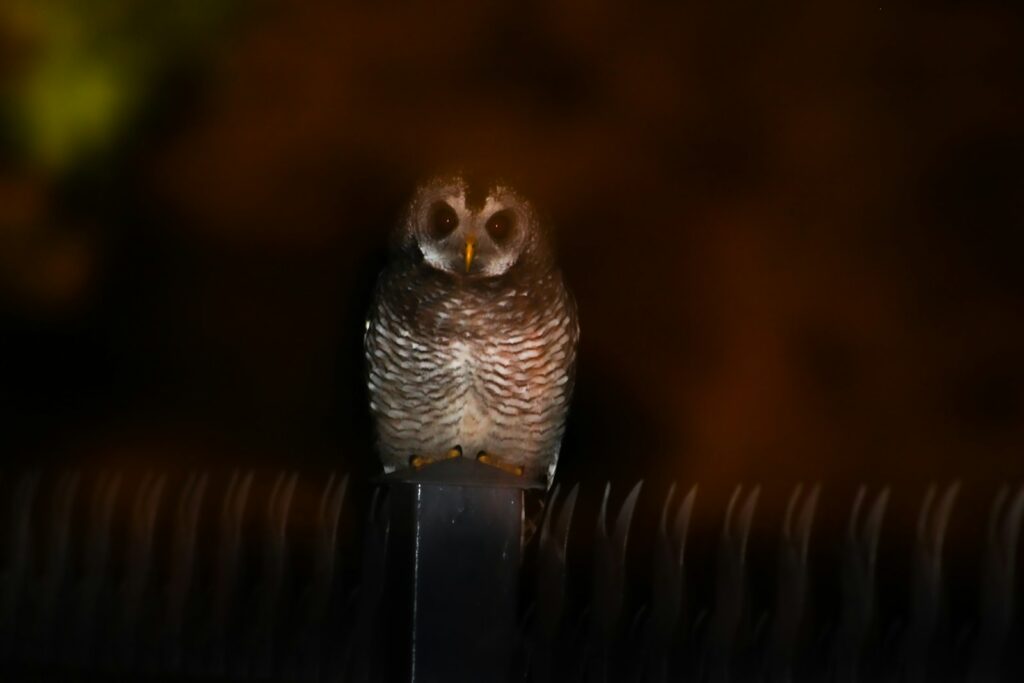
The nocturnal nature and silent flight of owls have established them as beings of profound spiritual significance in numerous indigenous traditions, often associated with prophecy, death, and hidden knowledge. Among many Pueblo peoples of the American Southwest, owl feathers are used in healing ceremonies specifically addressing spiritual ailments related to fear, night terrors, and psychological disturbances. The Ojibwe tradition speaks of owls as keepers of sacred knowledge and protectors of ancient wisdom, though their messages require careful interpretation by those with specialized spiritual training. In contrast, some Navajo traditions view owls as potentially dangerous harbingers of death, whose hooting near dwellings serves as warning of imminent transition or loss. The owl’s ability to see in darkness—both literal and metaphorical—connects them to divination practices and the ability to perceive hidden truths beyond ordinary human perception. These varied interpretations of owl symbolism demonstrate how indigenous traditions developed nuanced understandings of specific birds based on careful observation of their behaviors, habitats, and unique characteristics, creating spiritual frameworks that acknowledge both beneficial and challenging aspects of natural forces.
Feathered Regalia: Ceremonial Significance
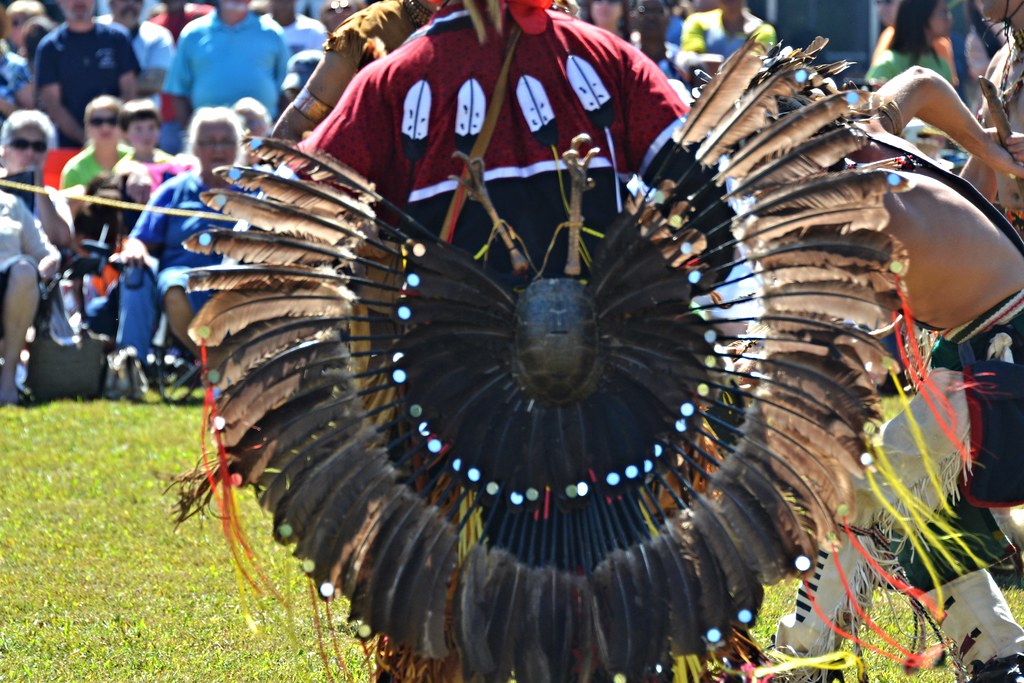
The incorporation of feathers into ceremonial regalia represents one of the most visible manifestations of avian spiritual significance across indigenous traditions worldwide. In the elaborate headdresses of Plains nations, each feather’s position, type, and decoration communicates specific spiritual achievements, tribal affiliation, and ceremonial authority of the wearer. Among Amazonian peoples like the Kayapo and Bororo, intricate featherwork creates dazzling ritual headpieces and body ornaments using specific bird species whose colors and qualities transfer spiritual properties to ceremonial participants. Hawaiian traditions feature magnificent feathered capes (ʻahu ʻula) and helmets (mahiole) made from thousands of feathers of now-rare honeycreepers, creating sacred garments that embodied the divine power (mana) of both birds and chiefs. The creation of these ceremonial items involves complex spiritual protocols regarding collection, preparation, and assembly of feathers, with many traditions prohibiting the use of molted feathers (considered spiritually “dead”) in favor of carefully harvested plumage from living birds. The movement of feathered regalia during dances and ceremonies activates their spiritual properties, creating dynamic visual displays that manifest the living presence of avian spiritual forces within the ceremonial space.
Birds in Creation Narratives
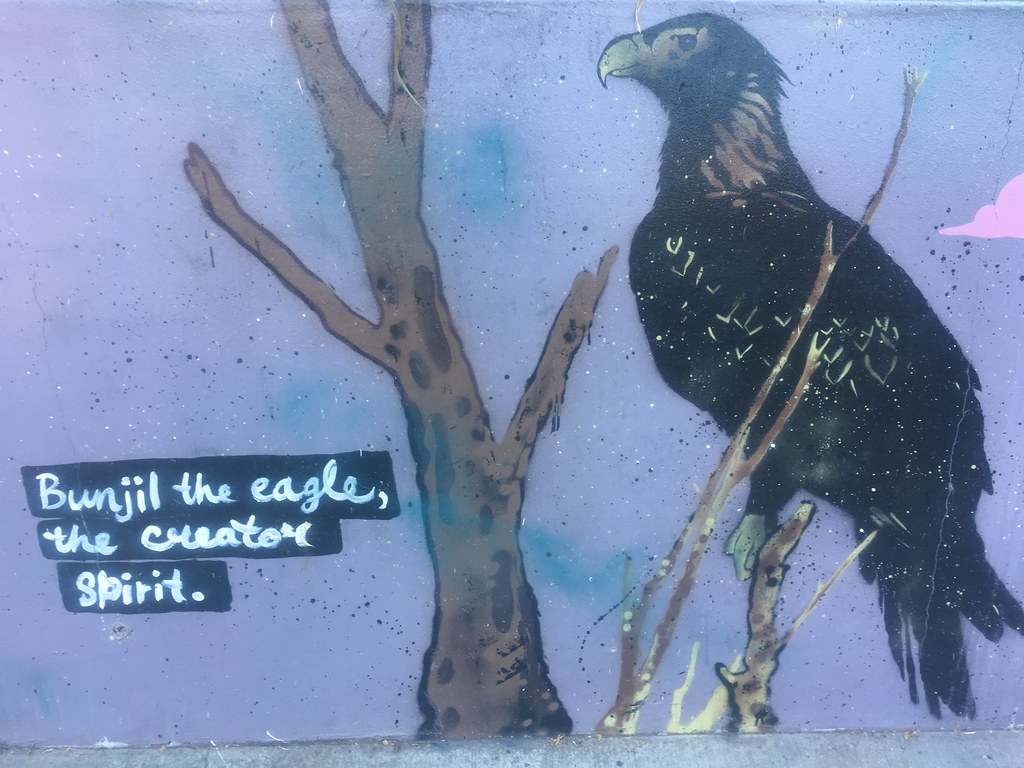
Birds occupy pivotal roles in indigenous creation stories, often serving as the first beings to emerge from primordial chaos or as active participants in world-forming processes. The Hopi creation narrative describes how Sotuknang, nephew of the Creator, sent a water bird to search the endless waters until it discovered solid land, establishing the first habitable realm. In numerous Great Lakes traditions, diving birds plunge into primordial waters to retrieve mud from which the earth is formed—a cosmological motif that appears across Siberian and Circumpolar indigenous narratives as well. Australian Aboriginal Dreamtime stories feature creator birds like Bunjil the eagle (Kulin nations) and the giant emu whose cosmic form is visible in the dark spaces of the Milky Way. These avian creation stories often explain not only how the world came to be but also establish the proper relationships between humans, birds, and other beings through protocols embedded in narrative form. Creation accounts frequently describe how birds received their distinctive markings, calls, or behaviors as a result of their cosmic actions, connecting present-day avian characteristics to primordial events. This narrative tradition ensures that everyday encounters with birds serve as living reminders of creation principles and cosmological truths.
Feather Bundles and Medicine Objects
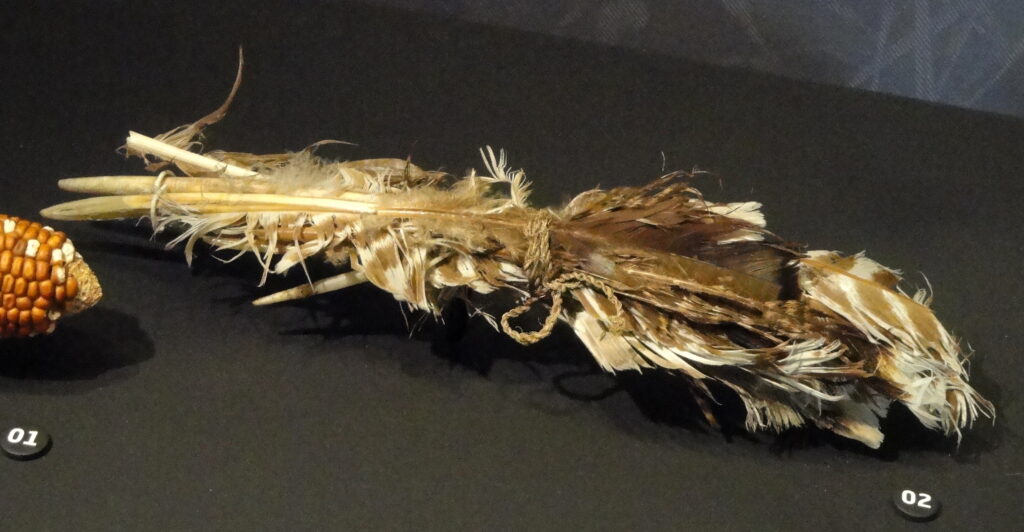
Beyond regalia and ceremonial display, feathers serve as concentrated spiritual tools in the form of sacred bundles, prayer fans, and medicine objects across numerous indigenous traditions. The Pawnee sacred bundles contain precisely arranged hawk, eagle, and owl feathers representing specific celestial forces, wrapped with prayers and maintained through generations by designated keepers with specialized knowledge. Among many Pueblo communities, prayer sticks (pahos) incorporate specific feathers chosen for their spiritual associations with rain, healing, or agricultural abundance. The traditional smudging fans used by numerous North American indigenous nations employ specific feather types for particular purification purposes—eagle for strength and connection to Creator, owl for revealing hidden truths, and turkey for abundance and fertility. These medicine objects require ceremonial preparation that activates their spiritual properties through songs, prayers, and specific handling protocols. The carefully preserved knowledge surrounding which feathers to use for particular spiritual purposes represents a sophisticated understanding of avian spiritual taxonomy, where each bird species contributes distinct medicine to the community’s spiritual well-being.
Hummingbirds: Joy and Healing Across Traditions
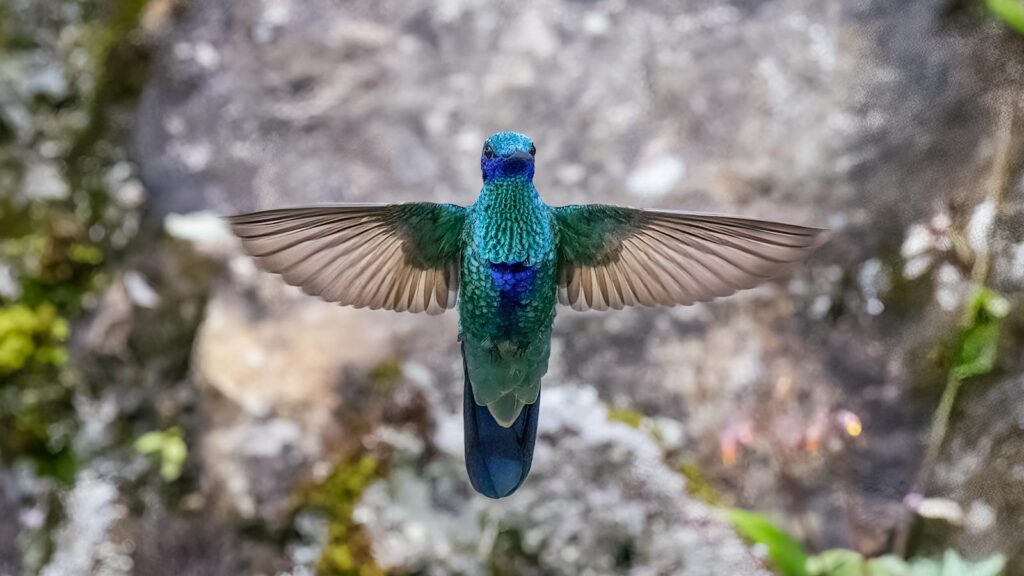
Despite their diminutive size, hummingbirds carry immense spiritual significance across indigenous traditions throughout the Americas, particularly associated with joy, healing, and life force energy. In Hopi tradition, hummingbirds carried messages to the rain deities, their arrival signaling the promise of precipitation crucial for desert agriculture. Among the Maya, hummingbirds symbolized the returned spirits of warriors, their iridescent feathers reflecting the same bravery and fierce protection despite small stature. Traditional healers in numerous Mesoamerican and South American traditions incorporate hummingbird symbolism in treatments for heart ailments and emotional distress, believing these birds embody the essence of life’s sweetness and rapid spiritual movement. The hummingbird’s ability to hover, fly backwards, and extract nectar from the most difficult-to-access flowers demonstrates spiritual lessons about persistence, adaptability, and finding nourishment even in challenging circumstances. Their unique metabolic requirements—needing to consume more than their body weight daily while having periods of torpor to conserve energy—created powerful spiritual metaphors about balancing intense activity with necessary restoration, concepts that informed indigenous healing practices and life-cycle ceremonies.
Contemporary Preservation of Avian Spiritual Traditions
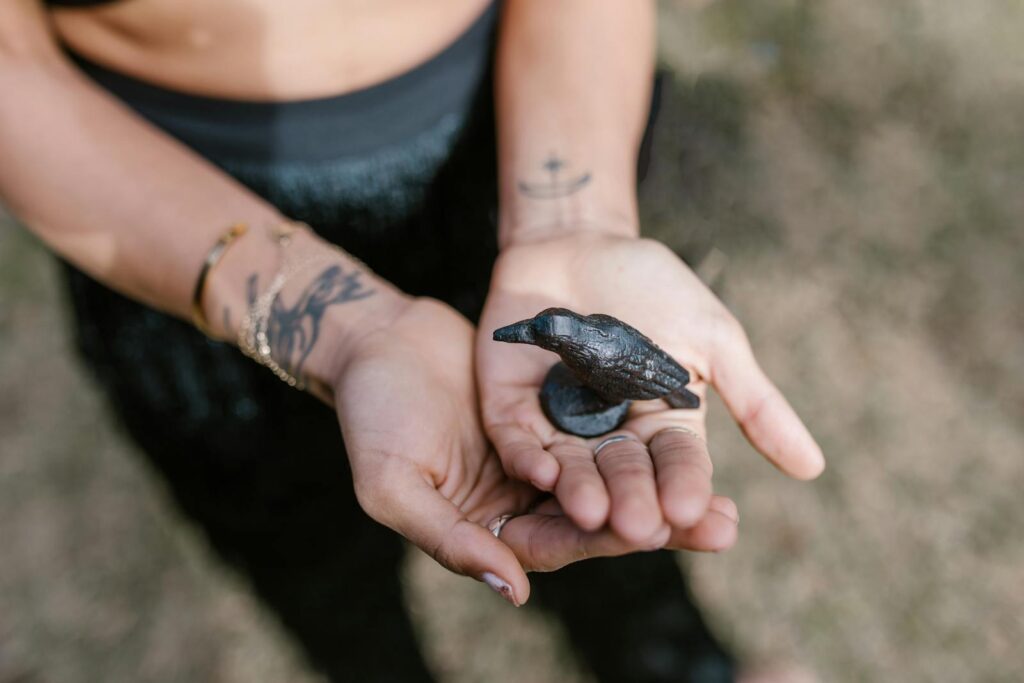
Indigenous communities today face significant challenges in maintaining bird-related spiritual traditions while navigating modern legal frameworks, environmental changes, and cultural pressures. The Migratory Bird Treaty Act and Eagle Protection Act in the United States have created complex regulatory systems requiring Native American practitioners to apply for permits to possess protected bird parts for religious purposes, creating bureaucratic barriers to traditional practices. Climate change has disrupted migratory patterns and reduced populations of spiritually significant species, altering ceremonial calendars tied to bird arrivals and behaviors that have guided practices for centuries. Despite these challenges, indigenous communities have developed innovative approaches to preserving avian spiritual knowledge, including tribal-run eagle repositories, intergenerational knowledge transfer programs focused on bird-related ceremonies, and collaborative conservation initiatives that integrate traditional ecological knowledge with scientific approaches. Indigenous-led bird sanctuaries, such as the Navajo Nation Eagle Sanctuary, demonstrate how spiritual values can inform contemporary conservation efforts while ensuring ceremonial needs are respectfully met. These preservation efforts extend beyond physical access to birds and feathers to include maintaining the sophisticated spiritual frameworks that interpret avian messages and appearances, ensuring that future generations can continue to read the spiritual language of feathers and flight.
Birds as Ecological Indicators in Spiritual Practice

Indigenous spiritual traditions recognize birds not only as metaphysical messengers but as practical ecological indicators whose behaviors reveal important environmental information with both physical and spiritual implications. The Menominee tradition closely observes woodpecker activity as indicators of forest health, with their drumming patterns and nesting preferences informing both timber management decisions and ceremonial timing. Among Andean communities, the appearance and behavior of condors provide crucial information about weather patterns, carrion presence, and ecological balance that informs both practical herding decisions and spiritual offerings to mountain deities. This integration of ecological and spiritual observation demonstrates the sophisticated systems indigenous communities developed where practical and metaphysical knowledge remained inseparable. The disappearance of certain bird species from traditional territories often triggers specific ceremonies focused on ecological restoration and spiritual rebalancing, demonstrating how avian spiritual frameworks incorporate conservation ethics. These traditional ecological knowledge systems increasingly gain recognition from conservation scientists who acknowledge how centuries of bird observation within spiritual frameworks created detailed understanding of species behavior, migration patterns, and habitat requirements long before Western scientific documentation. This integration of spiritual reverence with practical ecological observation represents one of indigenous avian traditions’ most valuable contributions to contemporary environmental challenges.
Conclusion
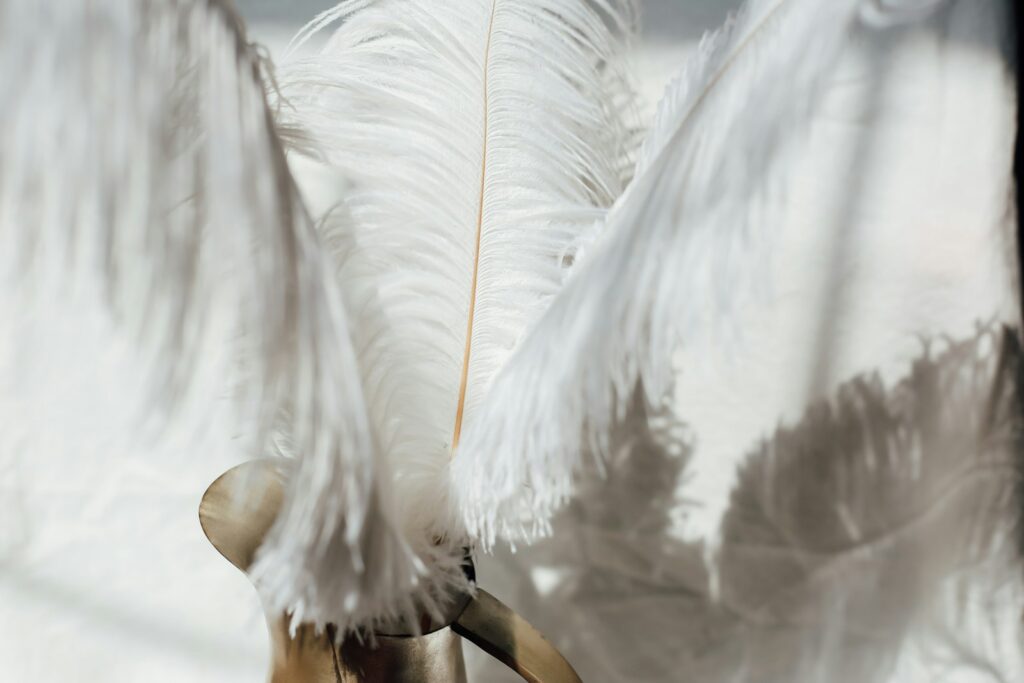
The profound relationship between feathers and faith in indigenous traditions reveals spiritual systems that recognized birds as more than mere animals—they were and remain cosmic teachers, divine messengers, and embodiments of spiritual principles. These traditions developed not through abstract theological reasoning but through millennia of careful observation and interaction with the avian world. Today, as bird populations face unprecedented threats from habitat loss, climate change, and industrial activities, indigenous spiritual frameworks offer valuable perspectives that combine reverence, reciprocity, and responsibility toward our feathered relations. The continued vitality of these traditions, despite historical suppression and contemporary challenges, speaks to their deep resonance and practical wisdom. In a world increasingly disconnected from natural rhythms, indigenous bird spirituality reminds us that to look skyward with wonder is perhaps one of humanity’s most ancient and essential forms of faith—one that continues to take flight on wings both physical and metaphorical across cultures that recognize the sacred messages carried on feathers.
